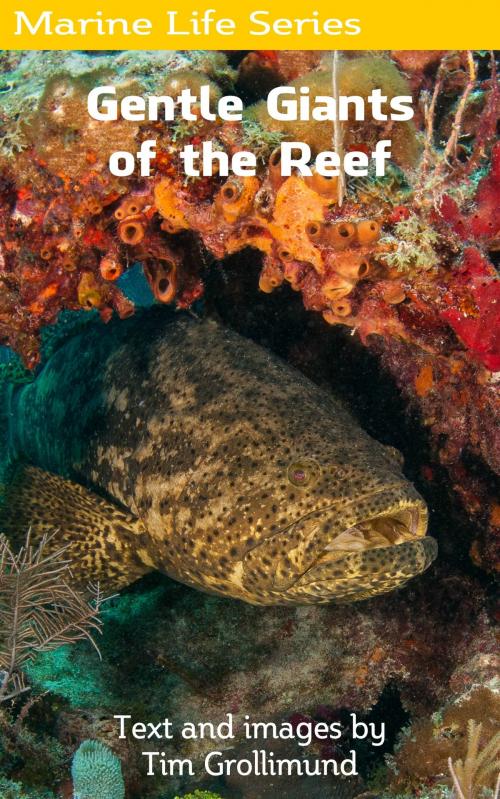| Author: | Tim Grollimund | ISBN: | 9781370928910 |
| Publisher: | Tim Grollimund | Publication: | March 11, 2017 |
| Imprint: | Smashwords Edition | Language: | English |
| Author: | Tim Grollimund |
| ISBN: | 9781370928910 |
| Publisher: | Tim Grollimund |
| Publication: | March 11, 2017 |
| Imprint: | Smashwords Edition |
| Language: | English |
I have always had a fascination for Goliath groupers. When I first met them, they were called jewfish. Itʼs common knowledge that Goliath groupers were nearly wiped out by overfishing up through the 1980s. They were protected beginning in 1990, and remain so today. Nowadays I see some talk from the fishing community that Goliath groupers are becoming so prevalent on the reef itʼs affecting recreational fishing. I read some of the banter on a Florida sports fishing web site. I decided to do some research to make sure I have the facts straight. This is, after all, a fish story. I downloaded a paper from Endangered Species Research by Loren McClenachan in which she compiled historic photographs and newspaper reports as far back in time as she could find. Her premise was that even though Goliath groupers have staged a comeback - estimates are about 35 percent compared to earlier populations - the benchmark figures are inaccurate. In other words, a thirty-five percent comeback based on the wrong number skews the result. That could potentially estimate a healthy enough population to restart fishing. The denominator is too low, which makes the comeback number too high. The stock is nowhere near historical levels, based on her research. The other main comment I saw berated Goliath groupers for decimating other fish populations. Not true. About seventy percent of their diet is composed of crabs and other crustaceans. According to Dr. Koenig, the level of the food chain in which Goliath groupers gorge is not high enough up to have a material affect on fish populations. In fact, where there are Goliath groupers, a native species, other fish populations also tend to be more diverse. They complement each othersʼ existence, not decimate it. Harmony, not havoc.
I have always had a fascination for Goliath groupers. When I first met them, they were called jewfish. Itʼs common knowledge that Goliath groupers were nearly wiped out by overfishing up through the 1980s. They were protected beginning in 1990, and remain so today. Nowadays I see some talk from the fishing community that Goliath groupers are becoming so prevalent on the reef itʼs affecting recreational fishing. I read some of the banter on a Florida sports fishing web site. I decided to do some research to make sure I have the facts straight. This is, after all, a fish story. I downloaded a paper from Endangered Species Research by Loren McClenachan in which she compiled historic photographs and newspaper reports as far back in time as she could find. Her premise was that even though Goliath groupers have staged a comeback - estimates are about 35 percent compared to earlier populations - the benchmark figures are inaccurate. In other words, a thirty-five percent comeback based on the wrong number skews the result. That could potentially estimate a healthy enough population to restart fishing. The denominator is too low, which makes the comeback number too high. The stock is nowhere near historical levels, based on her research. The other main comment I saw berated Goliath groupers for decimating other fish populations. Not true. About seventy percent of their diet is composed of crabs and other crustaceans. According to Dr. Koenig, the level of the food chain in which Goliath groupers gorge is not high enough up to have a material affect on fish populations. In fact, where there are Goliath groupers, a native species, other fish populations also tend to be more diverse. They complement each othersʼ existence, not decimate it. Harmony, not havoc.















